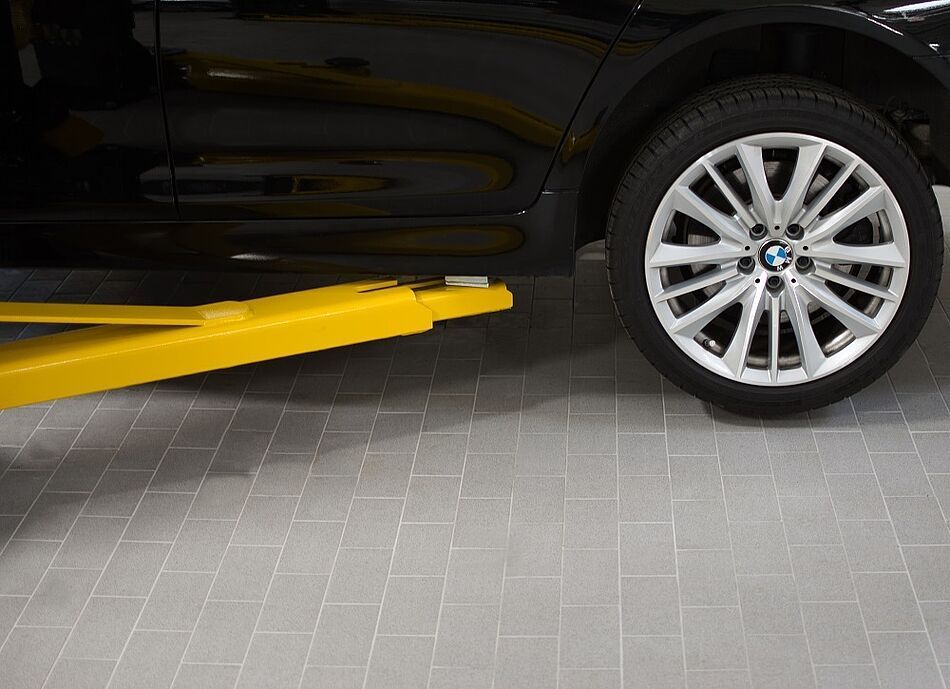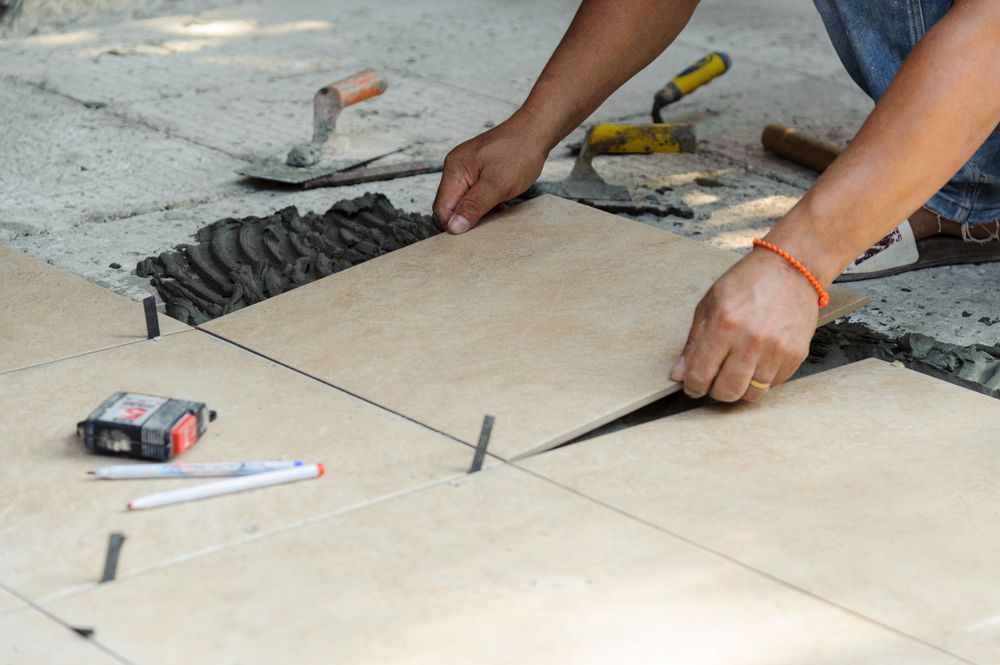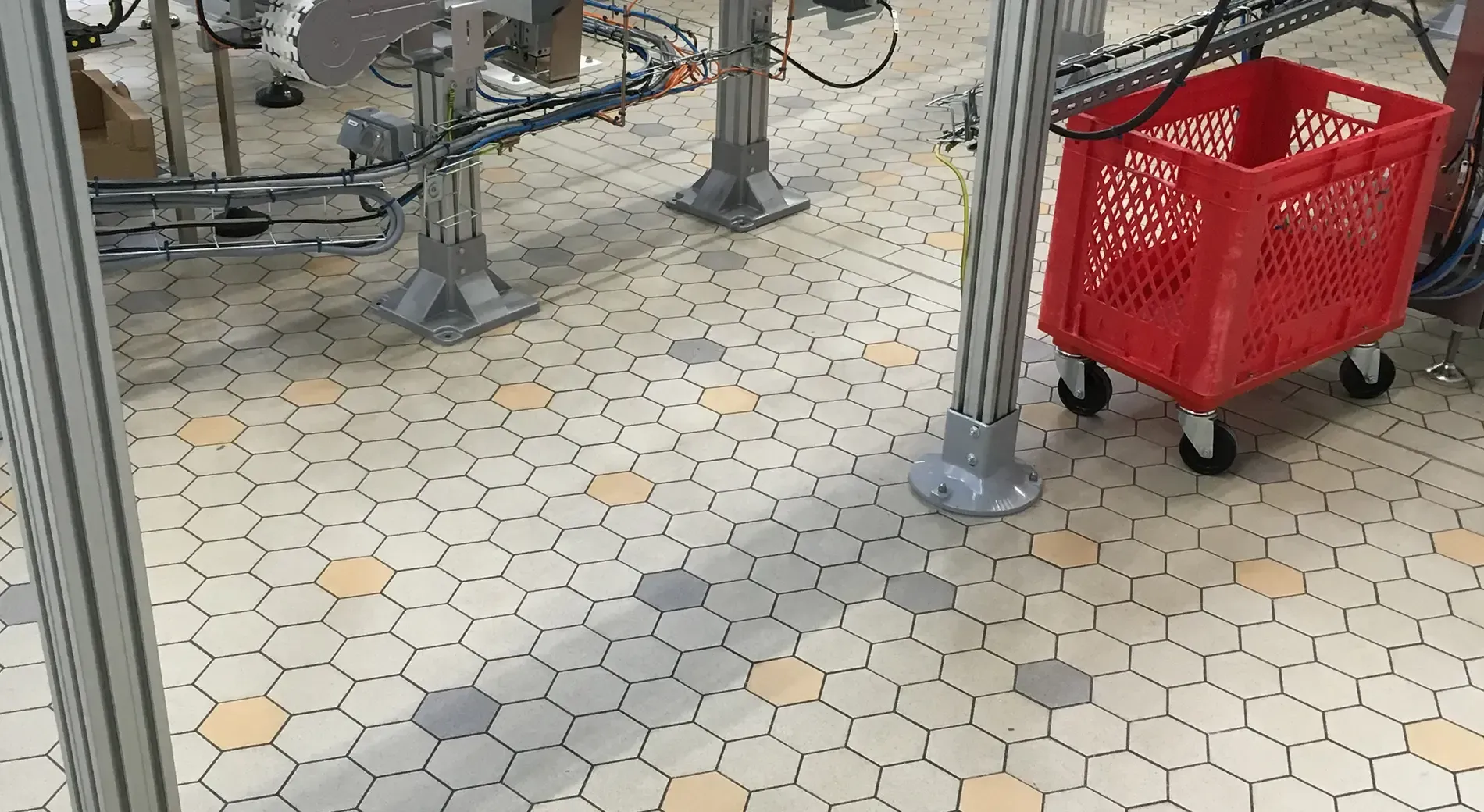Author: Argelith

In snowy regions, winter means snow, ice, and road salt tracked into your facility.
In the northern US and Canada, winter means freezing temperatures, snow, and ice. It also means road salt on streets, pavements – and your facility floor.
While referred to as road salt, the chemicals used to melt ice on roads, parking lots, and sidewalks are far from table salt. They are a chemical cocktail of such ingredients as liquid magnesium, calcium chloride, calcium hydroxide, and sodium acetate. The effect of the blend on water is to lower its freezing temperature, melting ice and preventing it from forming.
The effect of the blend on your facility’s floor can be less promising.
How does salt get on the floor?
Smithsonian Magazine estimates more than 22 million tons of salt are spread each year on roads across the northern U.S. That doesn’t include the salt businesses and individuals spread on their own parking lots, driveways, and sidewalks.
That salt sticks to the bottom of shoes and tires and is tracked into your facility. The briny mixture of salt and melted ice could also drip onto your floor from vehicle undercarriages.
What does road salt do to the floor?
If your facility floor is bare concrete, the results can be very bad. The brine that drips from vehicles or shoes doesn’t stay on the floor’s surface – it seeps down into the concrete’s pores.
Road salt has a high pH, like floor stripper, so it can break down surface finishes, leaving the floor vulnerable.
If you were thinking the salt is less dangerous because it has been diluted by the melted ice, think again. This salty water, though it freezes at a lower temperature than pure water, freezes at a higher temperature than deicer alone.
If the brine has soaked into a concrete floor and the temperature drops, it will freeze. Freezing causes it to expand, breaking up the concrete from the inside out and causing the surface to pop off or spall. This is usually a gradual process as the water inside the concrete freezes and thaws over and over again all winter.
When the water finally does evaporate, the salts crystallize and leave behind telltale chalky white stains.
Cleaning road salt off the floor
The way road salt damages the floor is by penetrating as a brine. That means hosing it off concrete is no good – it might look like you washed the salt away, but all you did was melt the salt with water and spread the brine across a larger area. Power washing is even worse; it pushes the brine into the concrete.
Before washing the floor, use a vacuum to remove as much crystallized salt as possible. Mop or scrub the floor and use the wet-vac again to remove the salty water from the surface. Then rinse the floor with clean water.
Preventing damage from the start
The best way to protect your facility’s concrete slab is to keep the salt from penetrating that far in the first place. Covering the concrete with an impervious surface like ceramic tile is a good start. Fully vitrified tile is virtually nonporous, absorbing less than 0.1 percent of moisture. It is also chemical resistant and will not react to salt’s efforts to corrode its surface.
Maintain a rigorous cleaning program and plan to clean the floor more often during the winter months. Even with an impervious surface protecting the concrete, you will want to clean regularly to prevent chalky white salt marks. Mop up puddles of water from snow tracked inside to prevent slipping hazards.
For more information on how vitrified tile can protect your building from chemical attack, talk to one of our account managers.



